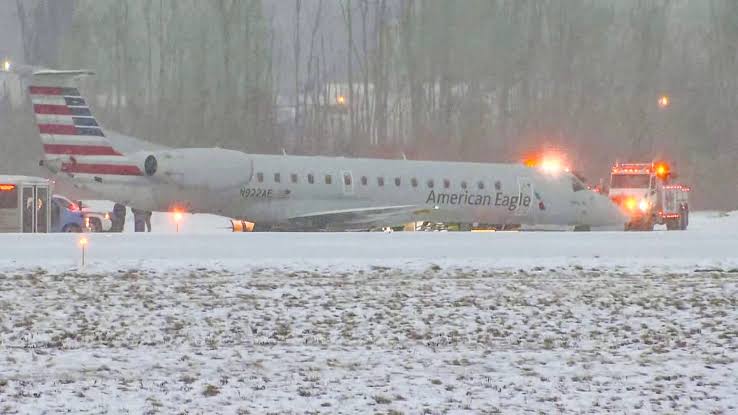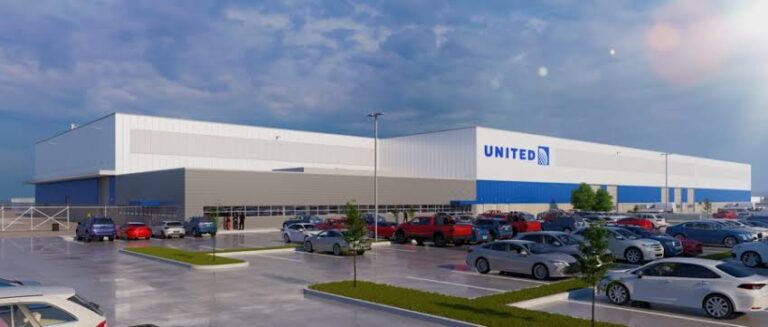American Airlines Flight With 180 Passengers Aboard Rolls Off Runway
American Airlines Flight 1632: A Close Call at Dallas-Fort Worth International Airport
On the evening of February 10, 2024, American Airlines Flight 1632, a Boeing 737-800, encountered a critical braking malfunction upon landing at Dallas-Fort Worth International Airport (DFW). The flight, originating from Ronald Reagan Washington National Airport, carried 99 passengers and six crew members. Fortunately, no injuries were reported, and all individuals were safely transported to the terminal.
Incident Overview
At approximately 7:41 p.m. local time, Flight 1632 touched down on Runway 17L at DFW. Shortly after landing, the aircraft experienced a braking issue, causing it to overrun the runway and enter a safety area beyond its end . The Federal Aviation Administration (FAA) confirmed the malfunction, stating that the plane entered a safety zone beyond the runway’s end. Both the FAA and the National Transportation Safety Board (NTSB) initiated investigations into the incident.
Investigation Findings
The NTSB’s preliminary report revealed that the braking system’s failure was linked to maintenance procedures. Four days prior to the incident, the aircraft underwent a brake replacement, which involved disconnecting and reconnecting flexible hydraulic lines. Investigators discovered that two of these lines were improperly reconnected, leading to the malfunction. Additionally, incorrect wiring was found on one of the main landing gears .
The aircraft’s automatic braking system malfunctioned shortly after landing, cycling between on and off states. Despite this, the flight crew employed manual braking and thrust reversers to decelerate the aircraft. As the plane neared the end of the runway, the captain communicated to air traffic controllers, “Total brake failure. We are departing the end of runway 17L. Roll crash fire rescue.” The aircraft eventually came to a stop on a paved area beyond the runway .
Aircraft Details
The involved aircraft, registered as N991AN, was a Boeing 737-800 model built in 2009. It is an earlier version of the 737 than the Max family of planes. The aircraft had recently undergone maintenance, including the brake replacement, which is central to the ongoing investigation .
Safety Measures and Response
Following the incident, American Airlines promptly deplaned the passengers and crew, who were then bussed to the terminal. The airline expressed its commitment to safety and cooperation with the investigating authorities. The FAA and NTSB continue to examine the circumstances surrounding the braking system failure and the maintenance procedures that preceded it.
Conclusion
The overrun of American Airlines Flight 1632 at Dallas-Fort Worth International Airport serves as a stark reminder of the critical importance of rigorous maintenance protocols and the need for continuous vigilance in aviation safety. The swift response of the flight crew and the absence of injuries underscore the effectiveness of training and preparedness in handling such emergencies. As investigations proceed, the findings are expected to contribute to enhanced safety measures and practices within the aviation industry.






